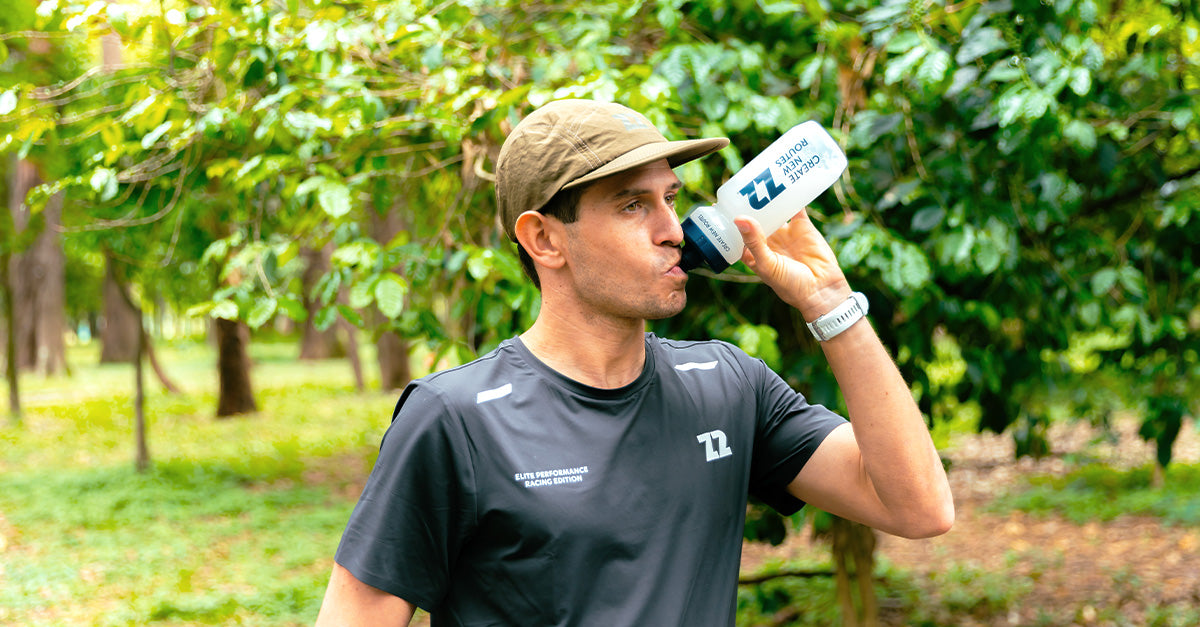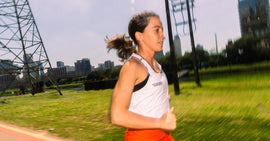What is VO2 Max and Why Should You Care About It?
If you've heard of VO2 max but never really understood what it means, don't worry – today we're going to break it down for you. VO2 max is simply the maximum amount of oxygen your body can use during exercise. In other words, the more efficiently your body uses oxygen, the better your performance will be in endurance events like running, cycling, and triathlons.
This indicator is crucial for measuring an athlete's aerobic capacity and is one of the main performance parameters for runners, cyclists, and triathletes. Understanding how your body utilizes oxygen during physical exertion can help you optimize your training and push your limits.
How Does VO2 Max Affect Your Performance?
A good analogy to understand VO2 max is comparing it to the engine size of a car. The larger the engine, the more power it can generate. For us athletes, a higher VO2 max means we can run or cycle faster, for longer periods, and with much less effort. In other words, a high VO2 max improves our ability to sustain intense effort for longer periods, which is essential in endurance competitions.
How to Increase Your VO2 Max?
Now that you understand the importance of VO2 max, the next question is: how can you increase it? Here are some proven strategies that can help you improve this key indicator and, consequently, your sports performance:
-
High-Intensity Interval Training (HIIT): This type of workout demands a lot from your body in a short amount of time, which increases your ability to use oxygen during exertion. Plus, HIIT improves both VO2 max and cardiovascular endurance.
-
Long, Continuous Training: To build a solid aerobic base, long, continuous training sessions are essential. They increase your body's ability to efficiently use oxygen and help with recovery.
-
Altitude Training: One of the favorite strategies of elite athletes is training at higher altitudes, where the air contains less oxygen. The body adapts to this condition by increasing red blood cell production, which improves the ability to transport oxygen to the muscles.
The Connection with Boulder and Altitude Training
If you've done some research on altitude training, you've probably heard of Boulder, Colorado, which is one of the global hotspots for endurance training. It's no surprise that the hosts of Run The News will be recording there this week.
Located about 1655 meters above sea level, Boulder offers significant benefits for those looking to improve their VO2 max. When training at altitude, the body adapts to the lower oxygen levels in the air by stimulating red blood cell production. This means that when the athlete returns to sea level, they can transport more oxygen, leading to a natural performance boost.
But Do We Really Need to Go to Boulder to Train at Altitude?
Don't worry, you don't need to sell your car and buy a ticket to Colorado! Here in Brazil, we have Campos do Jordão, which is located a little over 1700 meters above sea level, making it a great alternative for those who want to experience the benefits of altitude training without dealing with jet lag.
How to Apply This to Your Training
If you're an amateur athlete looking to improve your VO2 max, you don't need to move to an altitude-rich location. The most important thing is to include high-quality interval training in your routine, along with maintaining consistency in your workouts. This will already make a big difference in your performance.
If you have the chance to incorporate some altitude training periods — whether in places like Boulder, Campos do Jordão, or even by using hypoxia masks — it can be an important advantage for your performance.
At the end of the day, remember: VO2 max is an important indicator, but what really makes the difference is consistency in training. With dedication and patience, you’ll see the results in your races and competitions.


